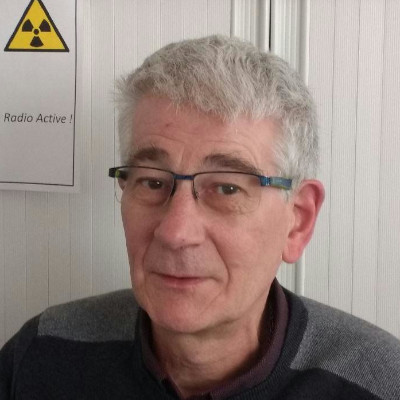









Objectives
The suitability of the infrastructures for the testing and qualification of EEE devices (with the aim of increasing the TRL to 6-7) and electronic boards is a key aspect for its future utilisation at an industrial level. Within this work package, the objective will be that of studying the radiation effects induced by VHE heavy ions on a set of technologies that is representative of current state-of-the-art COTS electronics. This will also enable bridging this novel qualification methodology to the existing one, based on standard-energy heavy ions. The envisaged hierarchical approach, based on three levels of study complexity, will highlight different levels of details and address various complexity stages.
Tasks
- Task 5.1: Final review of VHE ion beam requirements for SEE testing (ADS, TAS, month 1-6)
- Task 5.2: Analysis of ionization response in a PIN diode for beam quality assessments (UNIPD, month 1-24)
- Task 5.3: Suitability of the proposed VHE ion beams for 3D integrated device structures (UNIPD, month 12-36)
- Task 5.4: Validation of the VHE ion beams for industrial use with TRL 6-7 achievement (ADS, CERN, month 12-36)
- Task 5.5: Qualification of high-complexity devices (UNIPD, TAS, month 24-48)
- Task 5.6: Board-level testing (TAS, month 24-48)
Deliverables
- D5.1: Finalised list of beam parameter requirements concurring to establish a TRL 6-7 for the CHARM facility
- D5.2: Validation of beam parameter quality of CERN and GSI infrastructures for testing of electronics
- D5.3: Verification of the beam parameter suitability for testing 3D structures
- D5.4: Verification of the compliance with beam parameter requirements and awarding of TRL 6-7
- D5.5: Implications of beam energy in single event testing for various levels of device integration
- D5.6: Guideline on SEE qualification procedures for high complexity devices and board-level testing with VHE ion beams
